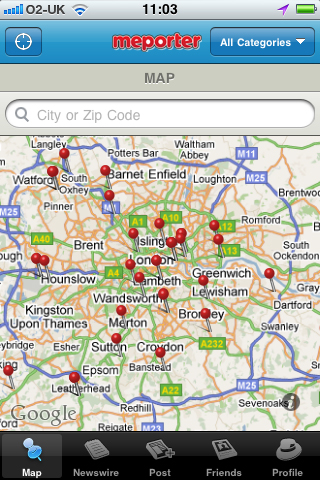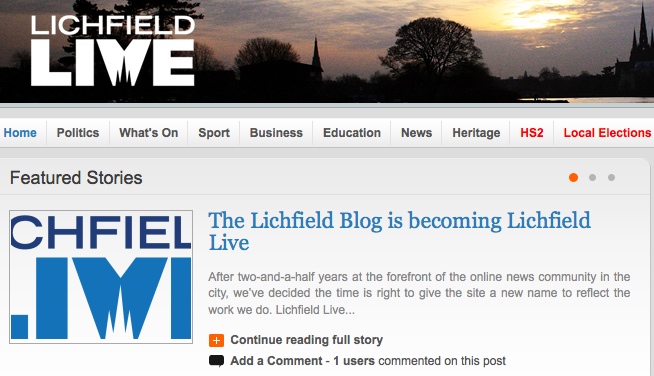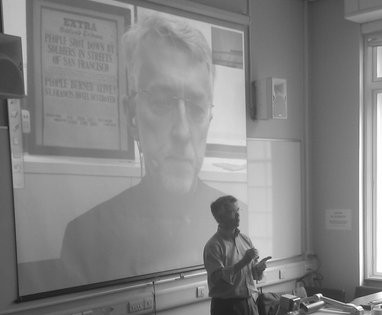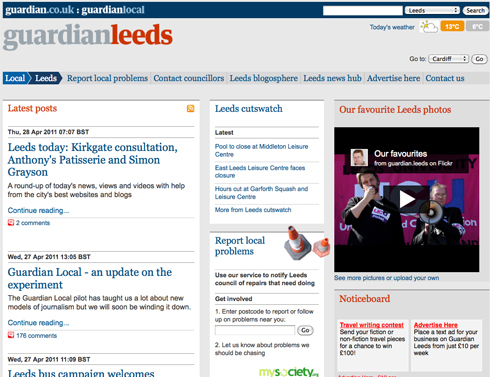A pioneering Swedish newspaper that involves its readers in the daily editorial decision-making process says the new approach has been a massive hit with users and advertisers.
Norran, a large regional daily in the north of Sweden, has opened up its newsroom with a tool called eEditor, a live chat powered by CoverItLive where readers can discuss story ideas with journalists in real time.
The blog is monitored by a senior journalist throughout the day. The newslist and minutes from conferences are published online and readers suggest possible angles and ask questions.
Editor-in-chief Anette Novak said Norran had completely overhauled its image by involving readers and being more transparent.
Speaking at the WAN-IFRA summer university in Paris today, she said: “I realised that if anybody asks: ‘do we need Norran?’ they would decide: no we don’t. We had to stop it before the question even occurs in their heads.”
She said web traffic and Facebook referrals were up – and key motoring and property advertisers who deserted during the recession had come back. The experiment has also allowed the paper to broaden its coverage.
“We believe that we have strengthened our brand,” Novak said.
“Transparency is the new objectivity. We post the job list – the stories we are working on today.
“The instant feedback and the personal reply is extremely important. It’s the feeling that there’s somebody there live now.
“You have to answer in a good way, a polite way and a knowledgeable way, or you can lose trust.”
Novak said some news organisations were so focused on getting a return on investment from digital projects that they lost sight of their readers’ needs.
“If we follow the money… that will make us go for projects that we know will make money and we will keep doing the same thing over and over again. We have to experiment.
“Get readers involved with your brand, engage them with their hearts and minds and the money will follow.”
Related content:
‘Readers may have the last say in what is and is not journalism’
ScribbleLive: Four ways to make money from liveblogging
paidContent: Which news sites post the most stories and do they get more hits?





